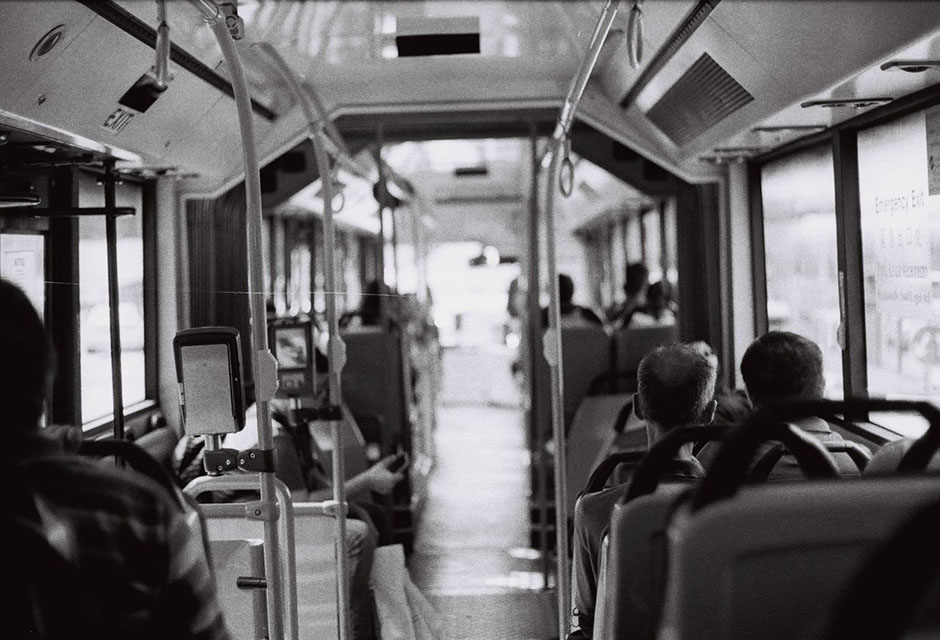Delve into the development process of film rolls and black & white photos.
By: Dania Amiril
Film photography is making a comeback. Numerous photography enthusiasts are returning to the craft’s roots and shooting with analogue cameras. Some of them are even choosing to develop their own films.

It’s easy to snap a photo but the art of film development is a different experience altogether.
Lo Sheng, 46, owner of Analog Film Lab, said, “There’s a lot of craftsmanship that is put into play when developing films and I find a huge sense of enjoyment doing it.”
Set up by a small community of photographers who wanted to share their knowledge on film photography, Analog Film Lab provides film development services and photo printing. The space itself is a darkroom with no windows and is one of the only places in Singapore that still offers darkroom rentals apart from Mount Faber SAFRA.
If you’re seriously considering developing your own films, there are some things you may want to take note of.
You would need to get a developing kit. They can be bought separately or in a set from Ruby Photo at Peninsula Excelsior Shopping Centre or online stores like Ebay. However, most kits do not come with the chemicals needed, which can easily cost around $200.

“The cost of buying a developer, chemicals, and the developing kit is too expensive for me. I’m not very experienced in the mechanics of developing my own films. I would only consider it if I have a friend who wants to develop the films with me,” said Allycia Chew, 19, a Film, Sound & Video student from Ngee Ann Polytechnic.
There are ways to minimize trial and error while saving cost if you’re new to film development. Joining a community of analogue photography enthusiasts allows those with more experience to help you start out and advise you on what equipment to buy.
Alternatively, you could split the equipment cost with a group of friends and develop your films together.
According to Mr Lo, black and white film is the easiest to develop compared to color and universal films since it does not need expensive and bulky equipment to produce.

Muhd Mirza, 19, a film student and analogue camera aficionado said: “Black and white photos bring out more details in the subject of the photo. It looks good when shooting photos of people and buildings.”
If you’re on a budget and new to developing films, monochrome film may be the easy choice to start with. The absence of colour also allows such photos to easily complement many different types of décor should you choose to frame them up at home.
